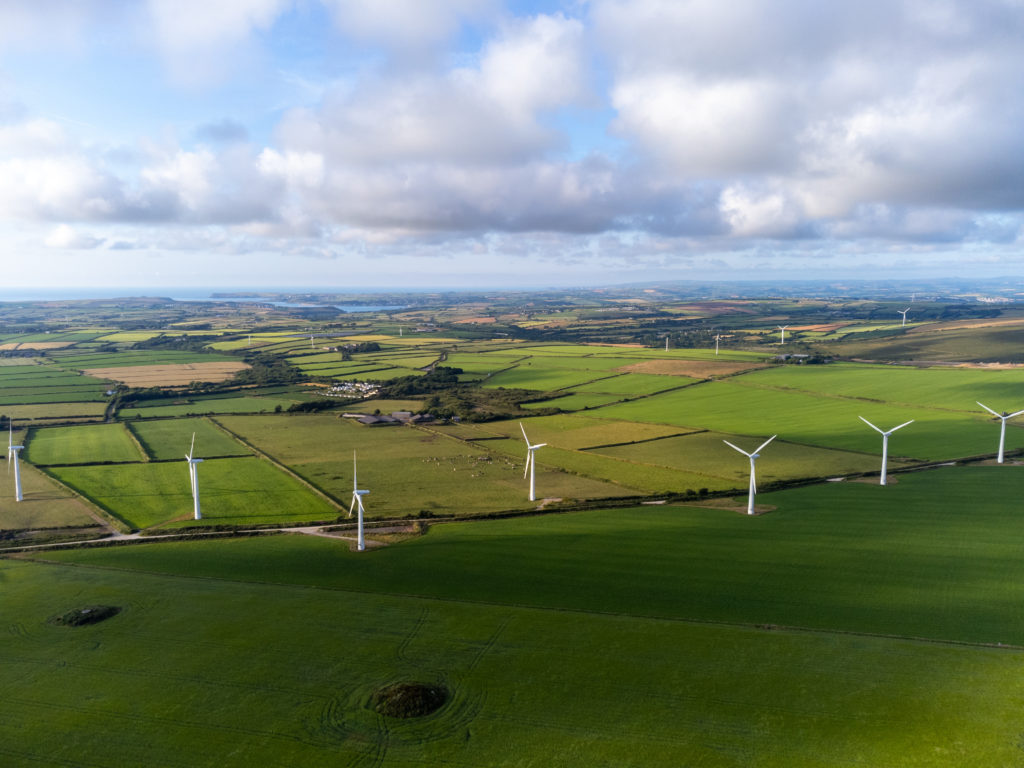Gas power saw a shock slump in output, down 40% between the first and second quarters of this year. Gas produced just 13.3 TWh, which was not only the lowest quarterly output since records began in 2009, but also 25% lower than the previous minimum.
Wind power was the largest source of electricity for the third quarter running, producing more than all fossil fuels combined. Output from biomass, nuclear and solar all increased from the same period last year, as economic conditions improved, technical problems were resolved, and capacity grew, respectively. Biomass almost doubled its output from lows last year and nuclear power produced more than 10 TWh over a quarter for the first time since 2022.
Gas and fossil fuel electricity generation since 2010.
Britain’s electricity supply mix in the second quarter of 2024.
Installed capacity and electricity produced by each technology. [2] [3]
[2] Other sources give different values because of the types of plant they consider. For example, BEIS Energy Trends records an additional 0.7 GW of hydro, 0.6 GW of biomass and 3 GW of waste-to-energy plants. These plants and their output are not visible to the electricity transmission system and so cannot be reported on here.
[3] We include an estimate of the installed capacity of smaller storage devices which are not monitored by the electricity market operator.
